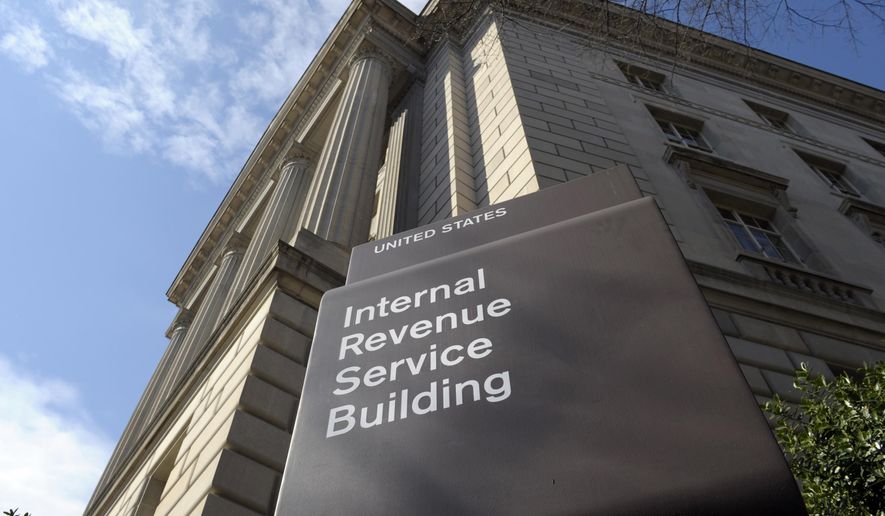The IRS cost the government more than $400 million over the last three years because it didn’t bother to fix broken mail machines, the agency’s inspector general said in a new report Thursday.
The machines are supposed to automatically identify which envelopes contain payments to Uncle Sam, so they can be quickly processed and deposited.
But the 20-year-old machines are in such disrepair that they kept missing envelopes with remitted payments. Employees shut them off and resorted to looking for payments by hand — a much slower process.
The delays meant checks were deposited more slowly, costing the government hundreds of millions of dollars in lost interest payments, the inspector general said.
From Jan. 1, 2019, to June 3, 2021 — less than two and a half years — the broken IRS machines cost the government nearly half a billion dollars, the audit concluded.
The figure in 2020 was particularly high because it coincided with fewer employees working the line because of the pandemic. But even in 2021, the losses averaged more than $10 million a month.
Investigators said the machines, known as the Service Center Automated Mail Processing System, or SCAMPS, are the “cornerstone” of the IRS’s system for processing tax returns.
“However, SCAMPS equipment in place at these sites is 20 years old and has not had any significant technical upgrades in more than 15 years,” the audit said.
Replacing the machines would cost $650,000, while a total rebuild could be done for about $365,000 — either of which would be a massive savings.
In addition to spotting envelopes with checks, SCAMPS can also automatically open the envelopes — another time-saving device.
But the machines are a mess.
From January to March last year, SCAMPS machines had to be serviced nearly 300 times, the audit reported.
And when investigators showed up for a review in Kansas City, they counted at least five jams in less than 15 minutes. Employees told investigators the machines were so old that they couldn’t get new parts to fix the problem.
It took the inspector general’s warning to get the IRS to buy new upgrades, the audit said.
SCAMPS also had the unfortunate habit of not just slicing the envelope, but also cutting the correspondence inside.
IRS employees were left to try to stitch the papers back together with tape, the inspector general said.
“When we brought our concern to management’s attention, they responded that some cut or sliced mail is unwelcome but an inevitable result of mechanical operation,” investigators said.
The IRS did eventually say that replacing SCAMPS is a priority but that the process will take a long time because of procurement rules.
“We will take the actions necessary for the evaluation and purchase of a replacement for the equipment used for opening and sorting mail,” Kenneth C. Corbin, commissioner of the IRS’s wage and investment division, wrote in an official reply to the inspector general.
He also disputed the inspector general’s calculation of interest money lost because of the delays, saying there are other factors involved. He did not offer his own estimate of losses.
Mr. Corbin set a deadline of Dec. 15, 2024, for replacing the machines — nearly three years from now.
At a rate of $10 million wasted each month, that could result in more than $350 million more in cash lost to Uncle Sam over a $600,000 piece of equipment.
To be sure, those losses are slim compared to the IRS’s total workload.
It expects to collect $3.5 trillion this year.
But the lost money is another black eye for an agency that has struggled with embarrassing hiccups dating back to the tea party targeting scandal in the Obama years.
More recently the agency was forced to backtrack on plans to make customers submit to facial recognition technology to conduct some business on the IRS website.
• Stephen Dinan can be reached at sdinan@washingtontimes.com.




Please read our comment policy before commenting.